Economic Indicators - What do they tell us?
We are often asked about our outlook for the economy and the financial markets from clients, journalist and peers. We generally believe that the investment markets are efficient and accurately reflect all of the information currently available. However, it is important to have an idea of where the economy may be headed. Not necessarily from the standpoint of “timing” the investment markets, but rather from a standpoint of managing return expectations and developing a framework for rebalancing and positioning portfolios. Here are a number of economic indicators that we consider most relevant:
Treasury Yield Curve—The treasury yield curve implies the expected direction of short, medium and long term interest rates.
Changes in the yield curve have historically been the most accurate predictors of downturns in the economic cycle. An inverted yield curve (high short term rates and lower long term rates) is generally a signal of slowing economic activity. Daily yield curves can be found at the U.S. Department of the Treasury's website.
Credit Spreads—The credit spread is simply the interest rate differential between treasury securities (often referred to as the “risk free rate”) and bonds of other credit qualities. High credit spreads, when the interest earned on lower quality bonds significantly exceeds interest rates on treasuries, is often considered an indication of economic stress.
When there is very little disparity in high quality and low quality bonds the economy is generally considered strong.
Prime Rate—The prime rate is the interest rate banks use when determining interest rates paid by borrowers for various types of loans. Low prime rate levels are generally considered a stimulation to the economy. The current prime rate can be found here.
Consumer Price Index (CPI)—The Consumer Price Index measures changes in the price level of consumer goods and services purchased by households. Normally considered a gauge on inflation, the CPI can be used to index the real value of wages, salaries, pensions, etc. CPI data can be found at the Department of Labor's website.
Producer Price Index (PPI)—The PPI is an index that measures the prices received by domestic producers for their output. The PPI is another important way to measure inflation and profitability. PPI data can be found at the Bureau of Labor Statistics website.
Gross Domestic Product (GDP)— Gross Domestic Product is essentially a measure of growth in the economy. Positive GDP indicates that the economy is expanding whereas negative GDP indicates the economy is contracting. Two consecutive quarters of negative GDP growth is considered a recession.
It is important to note the rate of change in GDP from prior calendar quarters, as declining GDP growth rates can indicate a slowing economy and increasing GDP growth rates indicate a growing economy. GDP data can be found at the Bureau of Economic Analysis website here.

